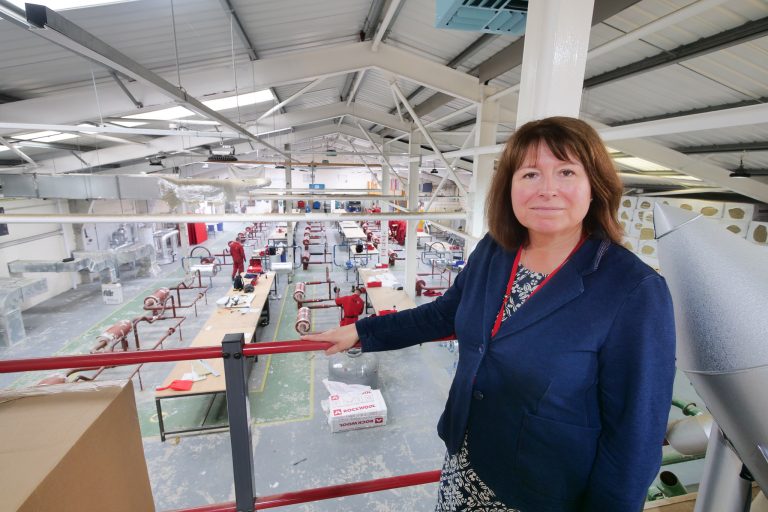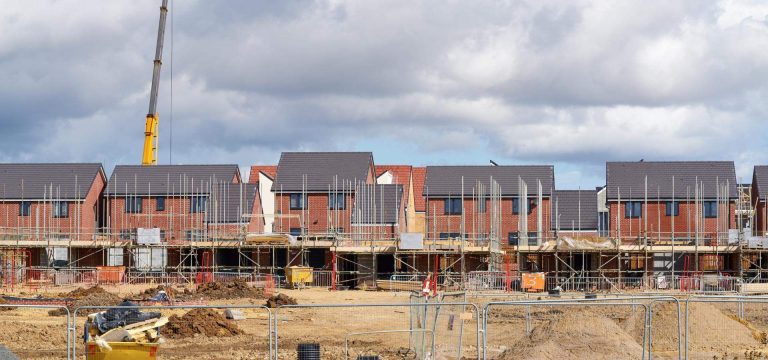New study reveals Cambridge as the worst area for tool thefts in the UK South, West and North Yorkshire also appear in the top ten Experts reveal why you should review business assets and sell unused equipment The rising cost of living and trading has put businesses under immense pressure. Whilst stolen tools could seem a minor inconvenience, losing tools and large-scale equipment could be disastrous for a business already suffering in the current economic climate. Commercial tool thefts are a growing concern for businesses across the country, with search interest for ‘tools stolen’ increasing by 117%¹ from January 2020 to July this year. Whilst tool thefts can happen anywhere in the country, online auction specialist BPI Auctions has used Freedom of Information data² from local councils across the UK to identify which areas suffered the most commercial tool thefts since January 2020. Analysing the data, the top ten areas for tool thefts are: Cambridgeshire (9,433) South Yorkshire (6,123) Lancashire (5,818) Essex (4,196) Hertfordshire (3,675) West Yorkshire (3,097) North Yorkshire (2,229) Humberside (1,129) Northamptonshire (1,013) Bedfordshire (858) Cambridgeshire took the top spot with 9,433 total thefts, a significant lead ahead of South Yorkshire in second place with 6,123 thefts. Yorkshire appeared in the top ten twice more, with West Yorkshire in 6th place (3,097) and North Yorkshire in 7th (2,229). Whilst Northern regions were prominent in the top ten, Southern areas also made the list, with Essex coming 4th (4,196) and Hertfordshire being 5th (3,675). Looking further into the data, in Cambridgeshire, the number of ‘thefts from a motor vehicle’ (6,581) was over twice as common as a ‘burglary from a business’ (2,837). This is a regular occurrence in tool thefts. Whilst business owners will often invest in security for premises and buildings, vehicles are often forgotten and become a perfect target for thieves. Whilst you can’t guarantee the protection of your vehicle from tool thefts, making small changes like storing tools inside or investing in a sticker that states ‘no tools are left in the vehicle overnight’ can deter prospective thieves. Despite having the most thefts overall, Cambridgeshire’s stolen value totalled £4,816,806, whilst South Yorkshire was valued at over double with £9,289,954 of stolen goods between January 2020 and July 2022. The data shows that smaller handheld tools such as drills and saws were much more at risk than larger, expensive items like fort lift trucks or platform lifts. These items are more convenient for thieves as they are smaller and likely have no serial numbers that owners or police could identify them with. Speaking on the data, Henry Spencer, Chief Operating Officer at BPI Auctions, summarises: “As a Yorkshire-based business, it is shocking to see our region rank so high on the list. However safe or crime-free you believe your area to be, you could still be at threat from tool thefts. Making changes or investing in security or storage may seem unnecessary, but it could save your business thousands of pounds and stress down the line.” “Business owners in these areas may also benefit from reviewing their business assets and selling any tools or equipment they no longer need. Reduced tool collections can also be easier to store and keep in secure locations on an evening or weekend.” For a full breakdown of the areas with the highest tool thefts and which tools are most likely to be stolen, visit BPI Auctions.














